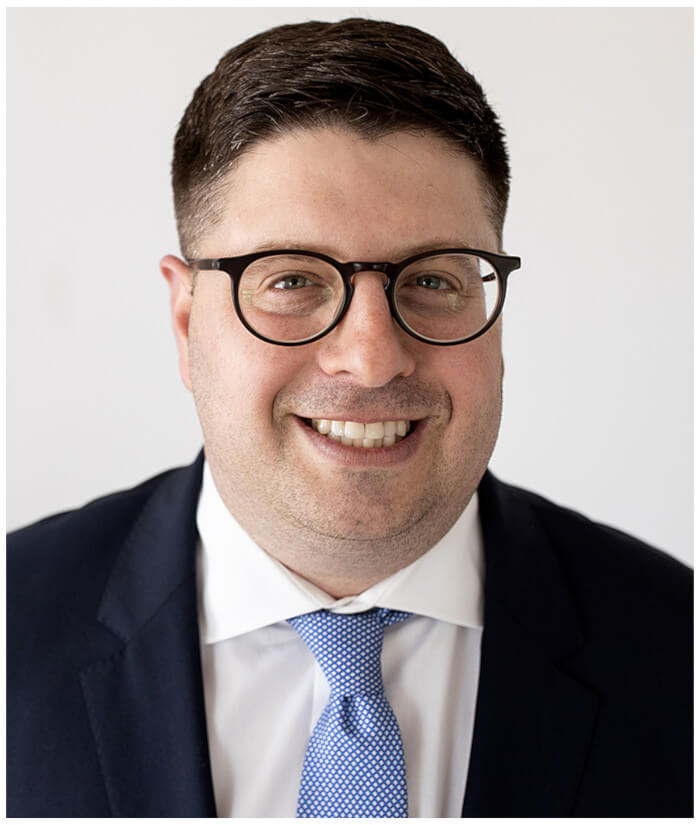Will The New Ohio Supreme Court Force Victims of Medical Negligence to Sue More Doctors Personally?

There is a new ideological majority on the Ohio Supreme Court. This Court soon will decide a key medical negligence case, which may cause more doctors to be sued personally.
Republican candidates won all three races for the Ohio Supreme Court, including the race for chief justice. Justice Pat DeWine (R) and Justice Pat Fischer (R) won reelection, while Justice Sharon Kennedy (R) defeated Justice Jennifer Brunner (D) in the race for chief justice. Governor Mike DeWine (R) will appoint someone to fill the vacancy created by Kennedy’s elevation to chief justice. Party labels appeared next to supreme court candidates’ names on the ballot for the first time, after the state legislature changed the law last year. This change appears to have helped the Republican candidates.
With these results, Republicans maintain control of the Supreme Court. However, the recent election may result in a significant shift in case outcomes. The current court has a 4–3 Republican majority, but the retiring Republican chief justice had formed a majority with the three Democratic justices in various high-profile decisions towards the end of her career, including one that rejected gerrymandered election maps and another that limited the use of bail. Justice Kennedy, the incoming chief justice, dissented from those decisions. In addition to redistricting, the new Court likely will hear challenges to the state’s six-week abortion ban.
Medical Malpractice Cases on the Docket in the New Ohio Supreme Court
The Court soon will decide a case (Clawson v. Heights Chiropractic Physicians, LLC, et al., 2020-1577) that could have a profound effect on our clients and other victims of medical malpractice. Clawson will determine whether long-standing Ohio law will be overturned to protect hospitals and physician groups from being held accountable for the negligence of their employees.
Since 1940, Ohio law has been clear: an employer can be held responsible for the negligence or malpractice of its employees, even when the employees are licensed professionals. If a patient is a victim of medical malpractice, the patient may bring a claim against the physician, their employer, or both. In Clawson, however, the Court is being asked to overturn this long-standing precedent based on a flawed interpretation of a legal malpractice case (National Union Fire Ins. Co. of Pittsburgh v. Wuerth, 2009-Ohio-3601).
In Wuerth, the Court held that because only lawyers can practice law, only lawyers – and not law firms – can be held liable for legal malpractice. Wuerth was based on a unique set of facts where the lawyer who committed malpractice was a shareholder of the law firm but not an employee. Because the plaintiff in that case sued only the law firm and not the lawyer, the law firm could not be held directly liable for the lawyer’s malpractice. The Wuerth court specially cautioned, however, that its decision was limited to this unique factual scenario.
Nonetheless, Heights Chiropractic has argued that itcannot be held directly liable for malpractice because a corporation cannot practice chiropractic medicine, and since the primary liability of the chiropractor had been eliminated (for failure of service), the secondary liability of Heights Chiropractic should also be extinguished. In other words, Heights Chiropractic wants the Court to rule that if the negligent actor is a licensed professional – (for example, a physician, lawyer, or chiropractor) – the employer cannot be held responsible for its employee’s negligence. But these arguments already have been rejected by the Courts of Appeals for the Second District and the Seventh District, which have held that Wuerth is wholly inapplicable where there is an employer–employee relationship.
In Clawson, there is no dispute that the chiropractor is an employee of Heights Chiropractic. Therefore, Wuerth should not apply, and the patient should be permitted to bring their claim directly against the chiropractor, the corporation, or both. The fact that the chiropractor has been dismissed from the lawsuit does not automatically get the corporation off the hook.
But how will the new Supreme Court rule in Clawson? Will it uphold long-standing precedent? Or will it expand the ruling in Wuerth, so that in every professional malpractice case, the individual practitioner must be sued in order to proceed against the employer-corporation?
Under current law, if a patient of The Cleveland Clinic is injured by a physician, nurse, or other healthcare provider – and the provider is an employee of The Clinic (as most are) – the patient may sue the individuals, The Clinic, or both. The patient is not required to sue each individual provider. This allows physicians and nurses to avoid the negative publicity of being a defendant in a lawsuit. However, if the Court adopts the approach advocated by Heights Chiropractic, every physician, nurse, physician’s assistant, technician, etc., would have to be named as a defendant in the lawsuit. This means each individual would have to be served personally with a summons, complaint, and discovery, and each individual would be forced to live under the cloud of a pending lawsuit. This approach often causes professional embarrassment, and it certainly is not what physicians and other professionals want. But it is precisely the type of limited liability (or immunity) that corporations desire. In other words, if the Court rules in favor of Heights Chiropractic, victims of medical negligence will be forced to sue doctors personally, rather than suing only their corporate employers. Those doctors will have Heights Chiropractic and the new Court to blame if that happens.
A Slippery Slope
There are many other professionally licensed employees in Ohio, including funeral directors, plumbers, finger-nail technicians, and various other persons who require heightened certification. It is ridiculous to suggest that simply because a person is a licensed professional, the person cannot also be an employee. These are not mutually exclusive designations! Forcing victims to sue these licensed professionals individually, as opposed to suing only their employers, will just create more chaos and animosity without promoting any public interest.
Now it is up to the Supreme Court. How far will the Supreme Court go to protect corporations at the expense of tort victims as well as licensed professionals? We can only hope that despite the partisan make-up of the new Court, it will rise above politics and outside influence and faithfully uphold and interpret Ohio’s laws.
At The Eisen Law Firm, we have been handling medical negligence cases for decades. We know the ins and outs of Ohio medical negligence laws – which are constantly changing – and we understand the medicine involved in these cases. If you or someone you know might have a case, please contact us as soon as possible, so that we can determine whether you have a valid claim that isn’t too late to be filed. You can reach us at (216) 687-0900 or www.malpracticeohio.com for your free case evaluation.




